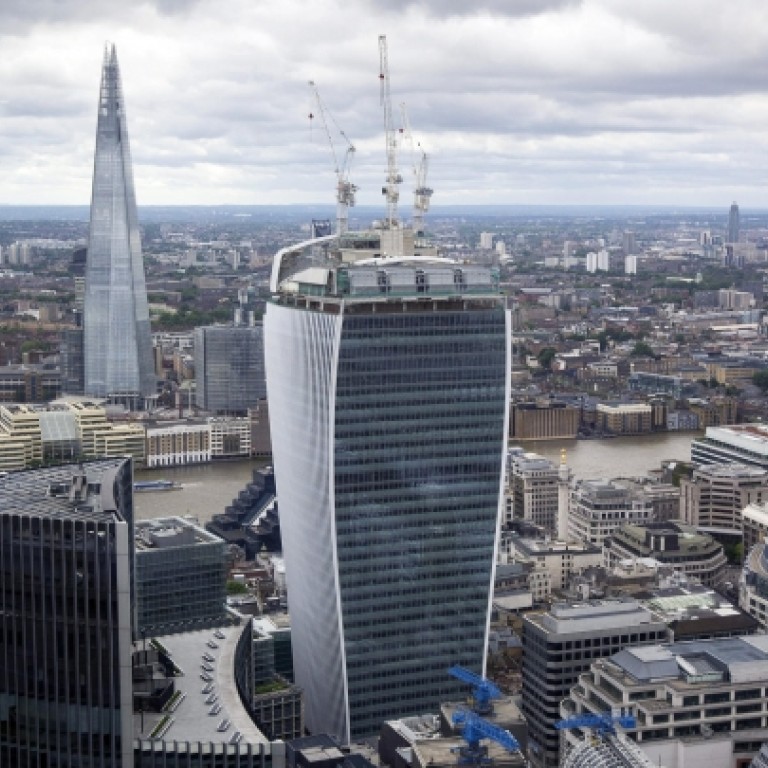
Banks relax lending on commercial property but find few takers
Borrowers on commercial property are wary of taking on more debt after fall in values
Commercial property investors, stung by a 37 per cent drop in values in the past six years, are reluctant to take on more debt, even as British lenders make more credit available after prices stabilised.
Demand for commercial real estate loans fell in the second quarter and would probably decline at a faster rate in the third, the Bank of England said in its Credit Conditions Survey.
"A lot of borrowers have a lot of debt to process, so from that point of view it's quite easy to rationalise the lack of demand for new credit," said Kelvin Davidson, chief property economist at research firm Capital Economics. "Why would you be keen to take on more?"
Prices for offices, shops and warehouses fell for 17 consecutive months up to March, according to the Investment Property Databank. That's damped demand for loans just as British banks including Barclays and Lloyds loosen the reins, attracted by interest-rate margins wider than before the 2007 crash.
Lenders were more willing to provide commercial property debt for the third consecutive quarter, according to a separate index in the BoE survey. The index rose to 14.4 in the second quarter from 1.7 in the previous three months and is expected to be about 13.9 in the third quarter.
"It supports our cautious view that a recovery is coming," Davidson said. "It's encouraging."
Declines in the value of commercial real estate had a negative effect on the credit availabnle to the industry, the BoE said in April. Rising economic growth, if sustained, makes it more likely that vacancy rates will fall and rents will rise, lifting property values.
An index linking credit availability with commercial property values increased to 1 in the first quarter from -39.4 in the previous three months, the BoE said in its survey. The index rose to 1.2 in the second quarter.
In May, commercial property values rose 0.01 per cent, led by office buildings, the first increase in 18 months. "UK property has finally, painstakingly, clawed itself back to growth," said Phil Tily, a managing director at IPD.
For those left owning poor-quality properties in unfavourable locations, the picture is bleaker. Investors may fail to refinance £92 billion (HK$1.06 trillion), or about half, of Britain's commercial-property loans, because the real estate's value is too low compared with the loans, a survey by De Montfort University in May estimated.
About £45.5 billion of loans are due for repayment this year.
There have been some signs of an economic recovery, which may fuel demand for stores, warehouses and offices. Manufacturing grew at the fastest pace in two years in June, mortgage approvals rose to their highest since 2009 and services unexpectedly accelerated by the most in more than two years.
Banks are trying to increase lending because they can charge as much as 3.75 percentage points over benchmarks for the safest portions of commercial mortgage debt in the UK and Europe, consultants Alvarez & Marsalnc said in February. That's about five times wider than the spread in 2007. Margins for loans for the best properties in the best locations have since tightened because of competition from US and German lenders.
UK banks have the advantage of being able to use cheap credit from the BoE as part of a plan called Funding for Lending to reduce their borrowing costs if they increase lending to smaller businesses and mortgage applicants.
